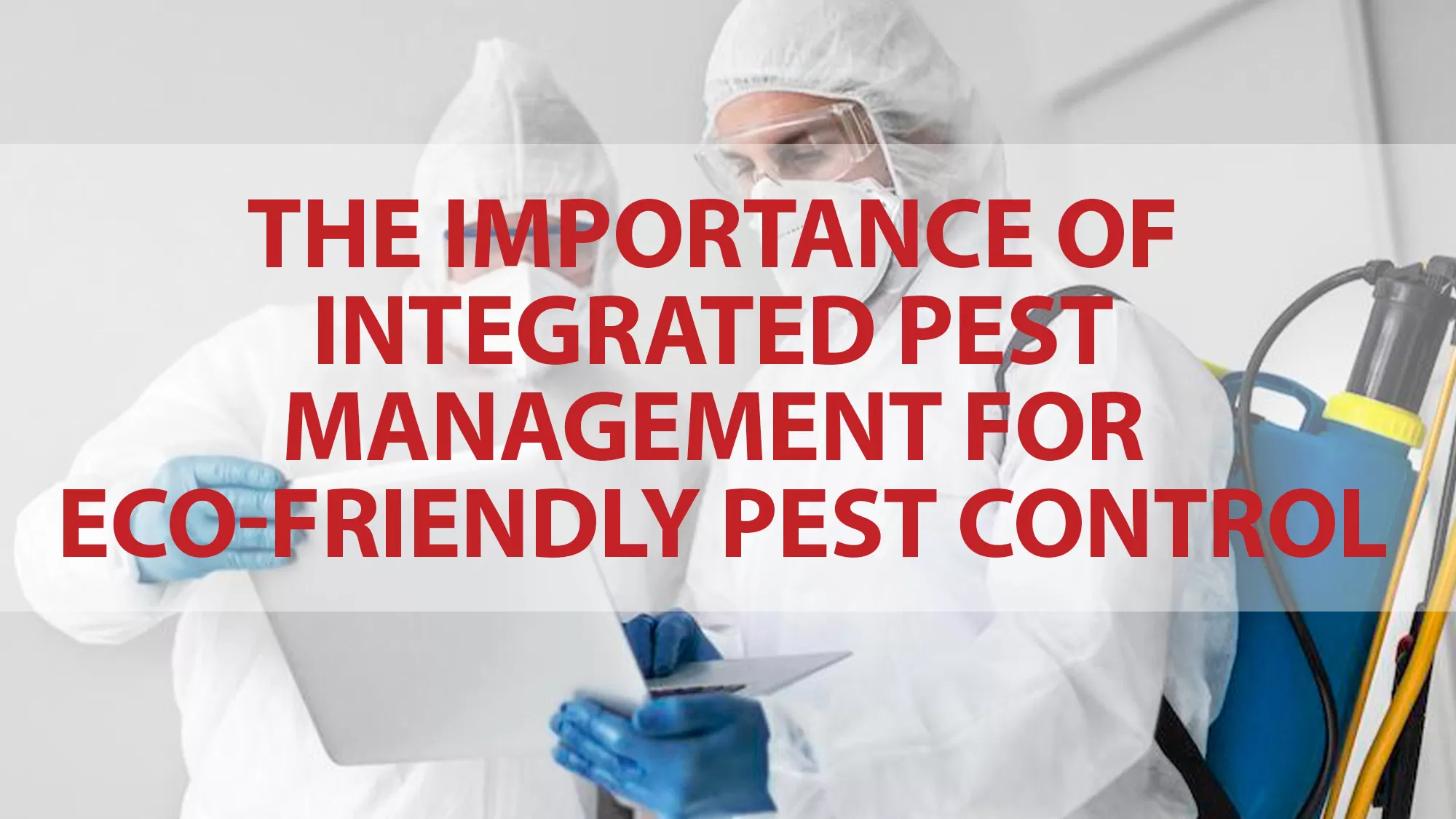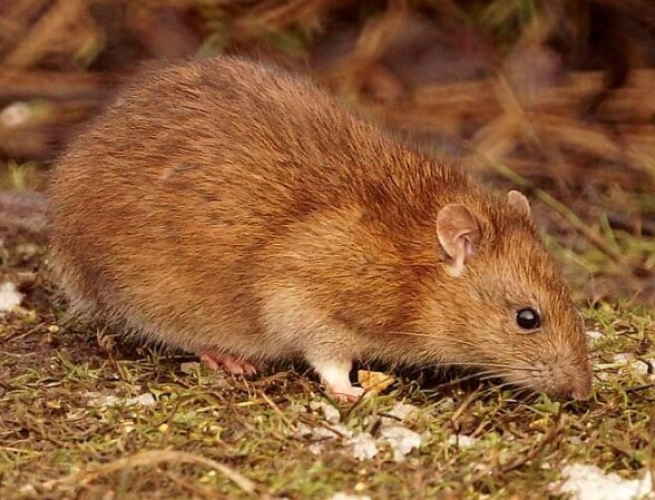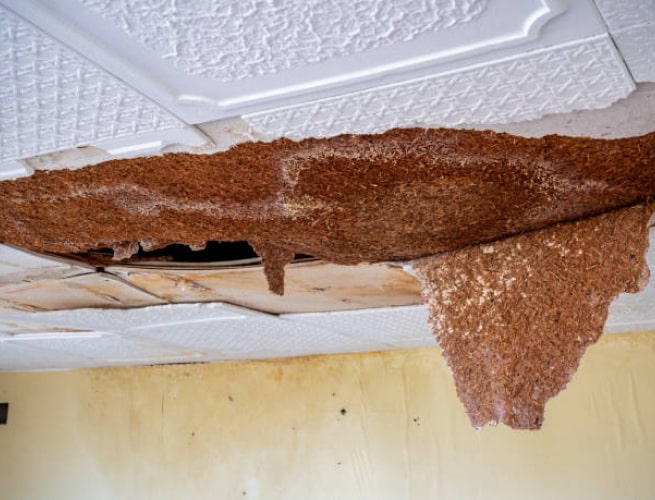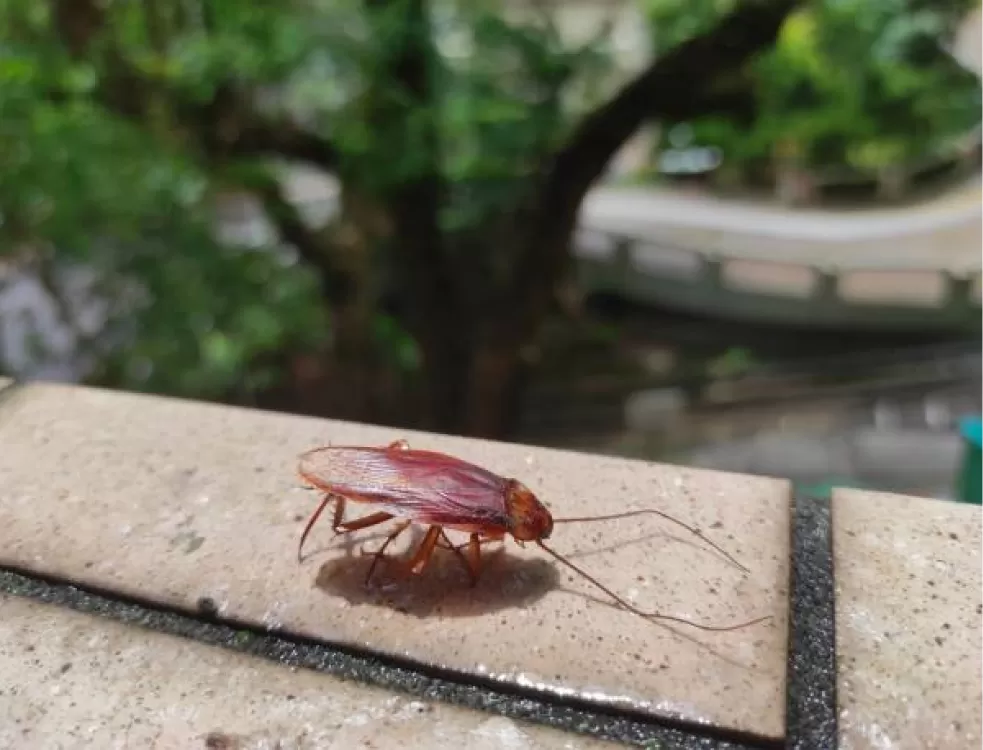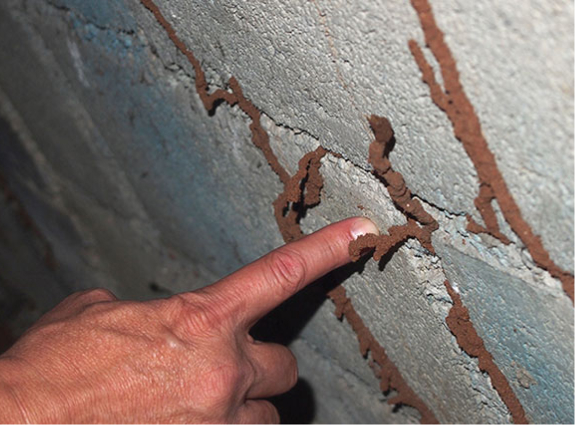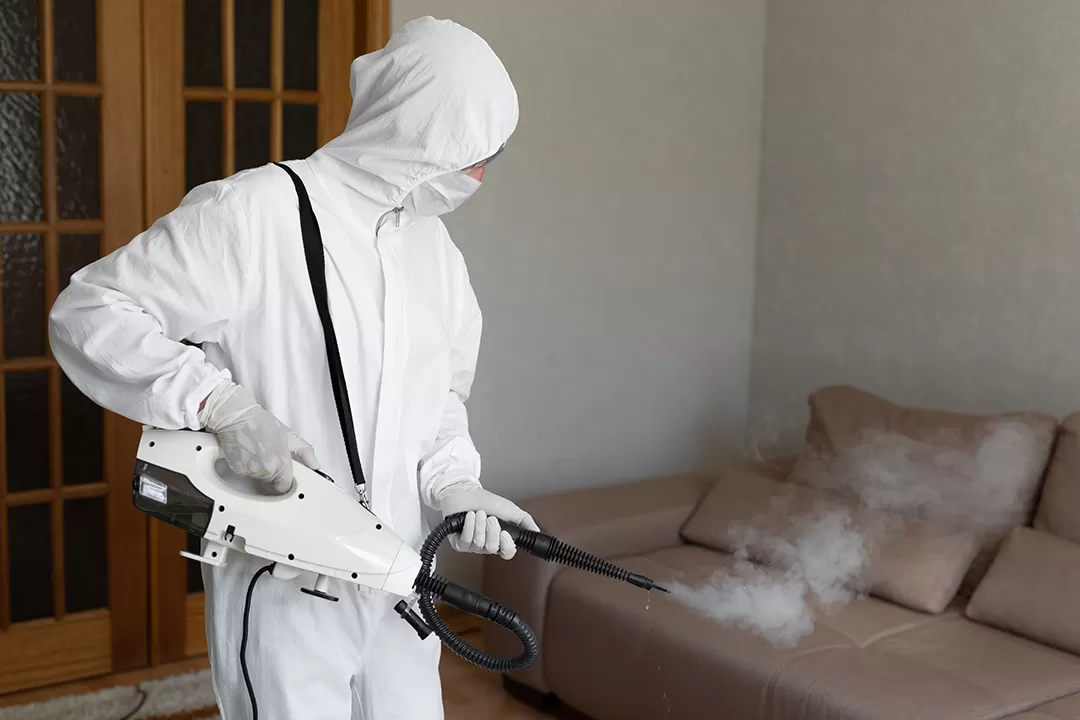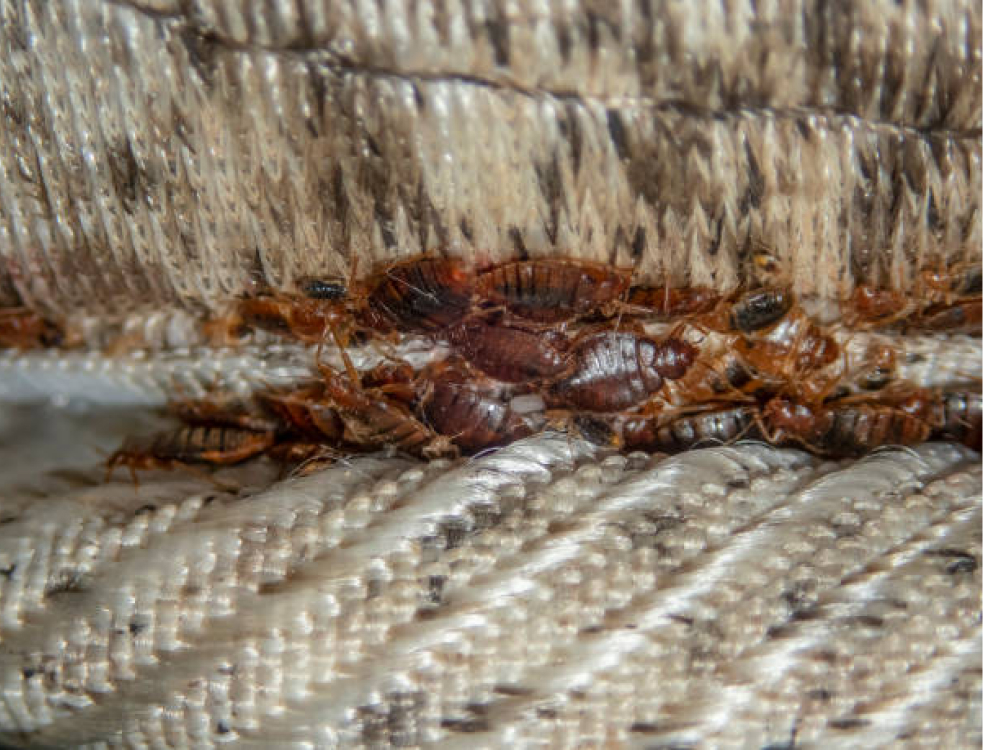Integrated pest management (IPM) has become a popular choice of pest control in recent years. More and more companies are embracing eco-friendly and sustainable practices to reduce pests. If you have heard a lot about IPM but do not know what it is, it is time for you to start learning.
Not only is IPM a holistic pest control approach, but it is also a much safer alternative than traditional pest eradication methods. In this article, let’s find out what integrated pest management is and how it works. Keep reading to also learn about the role of IPM and its importance in the pest control industry.
What is Integrated Pest Management?
Before you can explore the various advantages that Integrated Pest Management offers, you must know what IPM is. Well, it is a pest control strategy that utilises multiple pest control techniques to attain desired pest control results in an environmentally-friendly and responsible manner.
IPM recognises that although pests exist, we should not adopt hasty approaches to treat the symptoms of pest infestations. IPM programs instead prioritise the prevention of pest infestations by addressing the main reasons behind pest problems. This can include measures such as setting up physical barriers and enforcing proper hygiene and sanitation practices.
Where preventive measures are insufficient, IPM will resort to less-toxic or non-toxic pest control methods. In addition to using environmentally friendly practices, IPM also prioritises the use of cost-effective techniques. Best of all, IPM limits your risks by reducing the number of chemical pesticides used.
Overall, IPM revolves around using as few chemicals as possible. Instead, it advocates using biological and ecologically-friendly approaches such as bio-pesticides, pheromone trapping, sterilisation of male insects, insect-resistant plant strains, and introduction of natural predators. This way, pests can be brought under control while both you and the environment are kept safe from the harmful side effects of various chemicals. What’s more, IPM methods will not affect any non-target pests.
How Does Integrated Pest Management Work?
Even though several pest control options are included under IPM, this comprehensive approach covers five key stages. The first step is always inspection and monitoring. In this stage, potential pests are identified. The extent of the infestation and life cycle stages of the pests are also assessed.
Next, prevention measures are implemented. This entails identifying possible entry points, practising proper hygiene and sanitation, and removing any food and water sources. What’s vital in this stage is to prevent any new pests from entering the house while you are targeting the existing ones using simple eco-friendly methods.
After preventive measures have been taken, cultural control is implemented. This involves changing the environment to make it less favourable for insects and pests. Examples of cultural control include reducing clutter, getting rid of debris, modifying landscaping, and using pest-resistant building designs.
Then, biological control is introduced. Biological control refers to the introduction of natural predators, parasites, and pathogens. This helps to control the pest populations without much involvement from you. This targeted pest control method has proven to be highly effective.
Finally, chemical control is used to take care of any remaining pests. Even though this involves using pesticides, only a small amount of selective pesticides are used.
Advantages of Integrated Pest Management
Reduced Use of Chemical Pesticides
Because IPM uses a combination of chemical and non-chemical methods, it helps reduce the amount of chemicals used significantly. Thus, it lowers the negative impacts of chemicals on the environment and human health. In addition, by limiting chemical exposure during pest control, IPM helps prevent any accidental poisoning and reduces the accumulation of toxins in the human body.
Reduces the Chances of Pesticide Resistance
Over time, pests can become resistant to chemical pesticides. When the same pesticides are used repeatedly, the pests develop resistance to the chemicals through the process of natural selection. The pests that survive a pesticide attack will pass their genes to the next generation of pests. As a result, “superpests” are created that can resist the most common chemical pesticides. By adopting natural pest control methods, IPM helps reduce the risk of this occurring.
Sustainable Approach
Compared to traditional pest control methods, IPM is a more sustainable method of combating pests. This is because it takes into consideration the long-term impacts of any pest-control measures on both humans and the environment.
By using a variety of control methods, such as cultural control and biological control, the harmful impacts of pest control on the environment are reduced. Therefore, integrated pest control methods help to protect the environment and also preserve natural resources.
Helps Maintain a Balanced Ecosystem
While it’s important to maintain the ecological balance, you don’t want disease-causing pests like mosquitoes and rats roaming around in your homes. Traditional pest control approaches eliminate more than just the pest population that is being targeted. As non-target pests are affected, traditional pest control often leads to the loss of species. On the other hand, IPM eradicates only the organisms being targeted. This helps maintain the ecosystem’s balance and supports biodiversity.
High Efficiency and Cost-effectiveness
By now, you know that integrated pest control methods are more efficient than traditional alternatives. This is because it targets the pest problem at its root and addresses it in a long-lasting manner. As a result, this highly effective approach can save you valuable time and money.
That’s not all. Thanks to its preventive nature, IPM also saves resources and pesticides in the long run as it will not require pest control to be conducted too frequently.
IPM Raise Pest Control Awareness
Implementing integrated pest management can boost the awareness of pest problems. In addition, IPM demonstrates multiple non-traditional ways to tackle pests without harming the environment or human health.
Thanks to IPM, people are learning to embrace preventive measures and proactive work to identify pest problems. This, too, can lead to a lasting pest-free environment.
Final Thoughts
You might wonder why you should use integrated pest management when you can simply get quick solutions to all your pest problems with pesticides. Unfortunately, the traditional pest control methods of killing pests with harsh chemicals have several downsides.
Not only are most pesticides harmful to your health, they also have severe consequences for the environment. However, The more pressing concern is that traditional methods rarely guarantee long-term solutions. IPM will ensure that only targeted pests are affected and that the pests do not come back quickly. So next time when you plan to get pest control done on your premises, engage a pest control company that uses IPM techniques.

